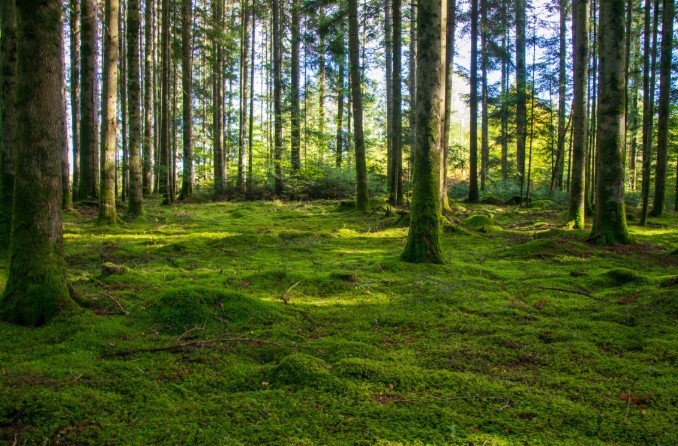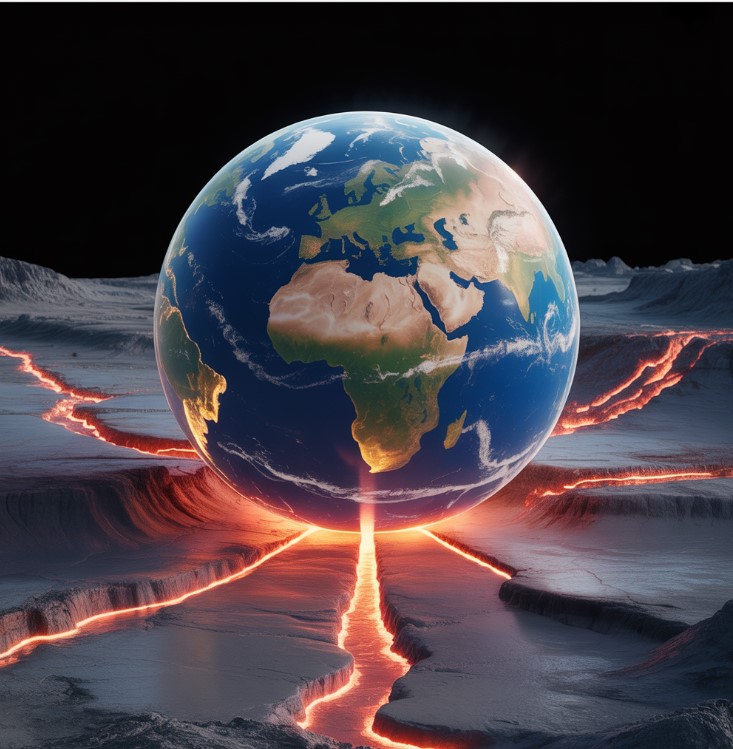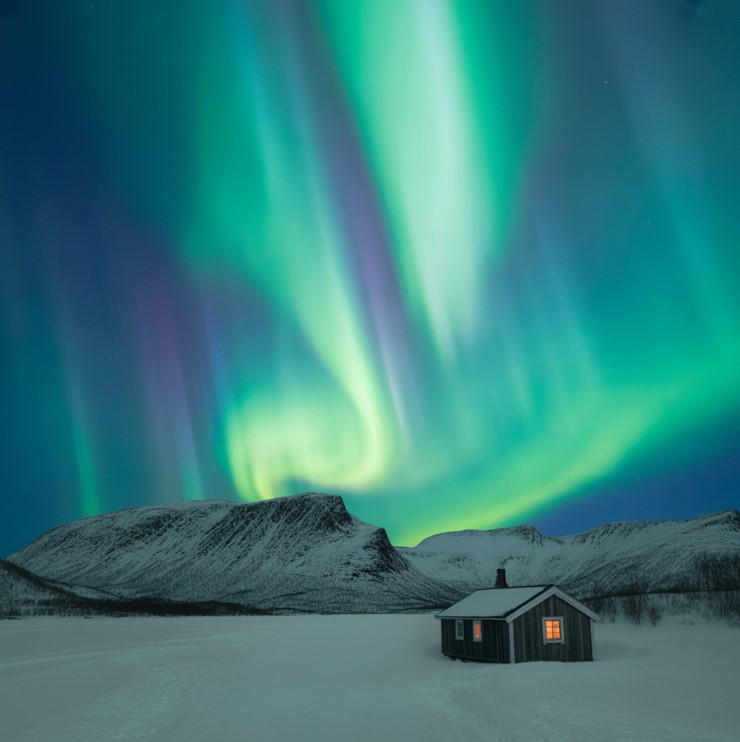Contents
An ecosystem is a biological community where living organisms interact with their non-living environment, forming a complex web of life.
Imagine a forest. It has trees, animals, insects, and soil. All these parts work together in a system. This system is a perfect example of an ecosystem. The term was first used by English botanist A.G. Tansley in 1935. He wanted to describe the interactive system between organisms and their environment. This guide will explain the ecosystem structure, the different types of ecosystem, and the critical functions that keep them running.
The Structure of an Ecosystem: The Building Blocks of Nature
The structure of an ecosystem is defined by the organization of its living and non-living parts. These parts are known as biotic and abiotic components.
A. Biotic Components: The Living Organisms
Biotic components are all the living or once-living parts of an ecosystem. This includes plants, animals, fungi, and bacteria. They are grouped by how they get energy.
- Producers (Autotrophs): Producers create their own food. Most plants are producers that use sunlight to make food through a process called photosynthesis.
- Consumers (Heterotrophs): Consumers get energy by eating other organisms. Primary consumers (herbivores) eat producers. Secondary consumers (carnivores) eat primary consumers. Tertiary consumers eat secondary consumers.
- Decomposers (Saprotrophs): Decomposers are critical to an ecosystem. Organisms like bacteria and fungi break down dead plants and animals. This process recycles nutrients back into the soil.
B. Abiotic Components: The Non-Living Environment
Abiotic components are the non-living physical and chemical factors in the environment. So, what are the non-living things in an ecosystem? They include factors like sunlight, water, air, soil composition, and temperature. These factors directly affect the ability of organisms to survive and reproduce.
C. The Interplay
The core of an ecosystem is the constant interaction between these biotic and abiotic components. For example, producers use sunlight (abiotic) to grow, consumers eat the producers (biotic), and decomposers return their nutrients to the soil (abiotic).
The Engine Room: Core Ecosystem Functions
What are the functional components of an ecosystem? Ecosystems are dynamic systems with four key functions that manage energy and nutrients.
- Productivity: This function is the rate at which energy is converted into biomass. It measures how much life the system can support.
- Energy Flow: This describes how energy moves through the system. Energy flow in an ecosystem starts with the sun, is captured by producers, and then moves up through different trophic levels as one organism eats another.
- Decomposition: This is the breakdown of dead organic material. Decomposers perform this function, releasing essential nutrients for producers to use again.
- Nutrient Cycling: This function is the movement of chemical elements between biotic and abiotic components. This cycling ensures that essential nutrients like carbon and nitrogen are always available to sustain life.
A World of Ecosystems: Exploring the Different Types
Ecosystems are broadly classified into two main categories: terrestrial (land-based) and aquatic (water-based).
A. Terrestrial Ecosystems: Life on Land
A terrestrial ecosystem is any ecosystem found on land. They are characterized by the dominant type of vegetation.
- Forest Ecosystem: Dominated by trees; high biodiversity.
- Grassland Ecosystem: Dominated by grasses and herbs; few trees.
- Tundra Ecosystem: Cold, treeless regions with permafrost.
- Desert Ecosystem: Very low rainfall and extreme temperatures.
B. Aquatic Ecosystems: Life in Water
An aquatic ecosystem is an ecosystem located in a body of water. They are divided based on their salt content.
- Freshwater Ecosystem: These have low salt concentration. They include lakes, ponds, rivers, and streams.
- Marine Ecosystem: These have high salt concentration. They include oceans, coral reefs, and estuaries. The marine ecosystem is the answer to the question, “Which is the largest ecosystem in the world?” as it covers over 70% of the Earth’s surface.
The Flow of Energy: Food Chains, Webs, and Pyramids
Energy flow is visualized using three main concepts: the food chain, the food web, and the ecological pyramid.
A. The Food Chain
A food chain shows a single, linear path of energy transfer in an ecosystem. For example: Grass (Producer) → Zebra (Primary Consumer) → Lion (Secondary Consumer).
B. The Food Web
A food web is a more realistic model. It shows a network of many interconnected food chains. A food web illustrates that most organisms eat more than one type of food.
C. The Ecological Pyramid
An ecological pyramid is a graphical representation of the trophic levels in an ecosystem. It can show the amount of biomass, the number of organisms, or the amount of energy at each level. The base is always the largest, representing the producers.
For a visual explanation of these concepts, this video from National Geographic provides a clear overview:
Frequently Asked Questions (FAQ)
Q1: What is an ecosystem?
A1: An ecosystem is a community of living components (biotic) and non-living components (abiotic) that interact with each other and their environment as a single system.
Q2: What are the different types of ecosystems?
A2: The main types are terrestrial (forest, grassland, tundra, desert) and aquatic (freshwater, marine).
Q3: What are the functional components of an ecosystem?
A3: The four key functions are Productivity, Energy Flow, Decomposition, and Nutrient Cycling.
Q4: What is the difference between biotic and abiotic components?
A4: Biotic components are the living parts of an ecosystem, like plants and animals. Abiotic components are the non-living parts, like sunlight, water, and soil.
Q5: Which is the largest ecosystem in the world?
A5: The largest is the aquatic ecosystem, specifically the marine ecosystem, which covers more than 70% of the planet.
Conclusion: The Importance of Ecological Balance
In summary, an ecosystem is a functional unit where living and non-living things interact. Its health depends on the delicate balance of its structure (biotic and abiotic parts) and its functions (energy flow and nutrient cycling). Understanding how these natural systems work is the first step toward protecting them. The stability of every ecosystem is vital for the overall health of our planet.





